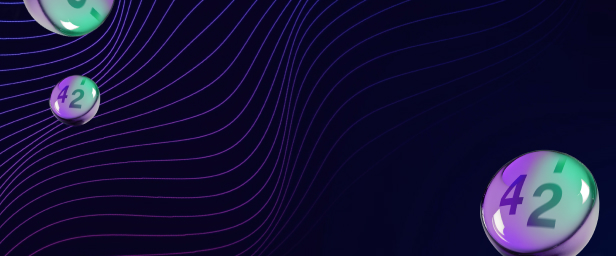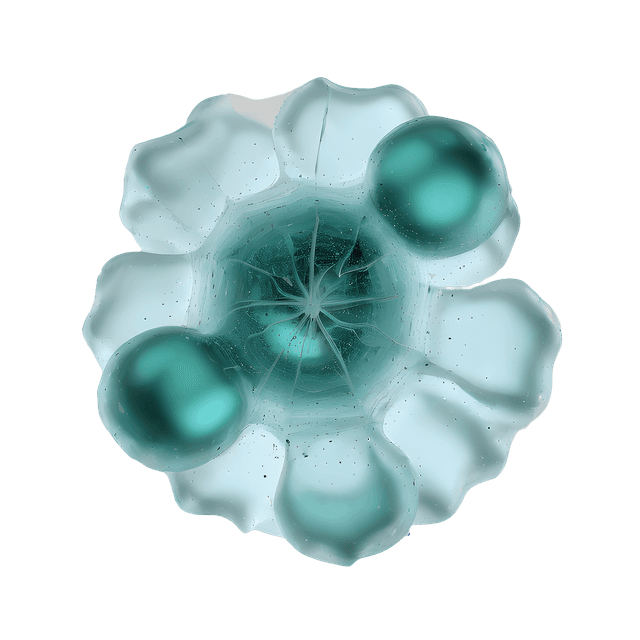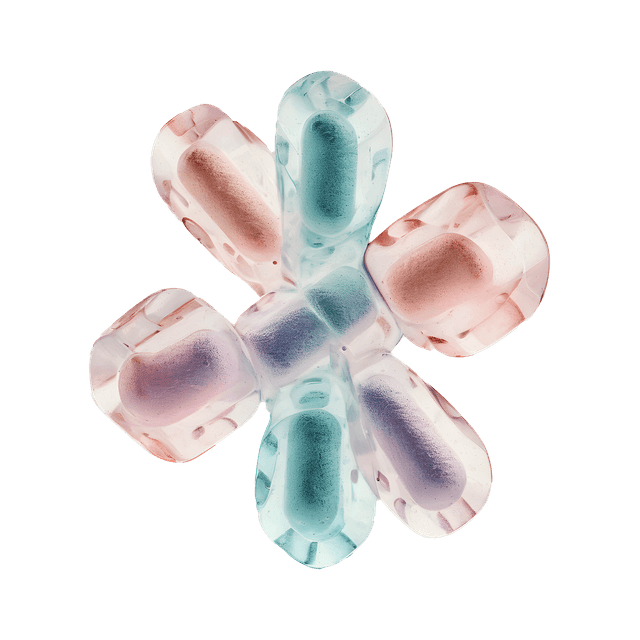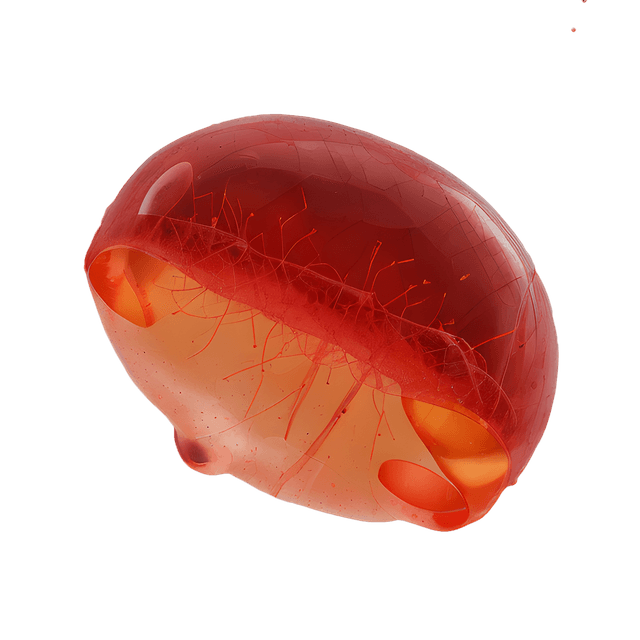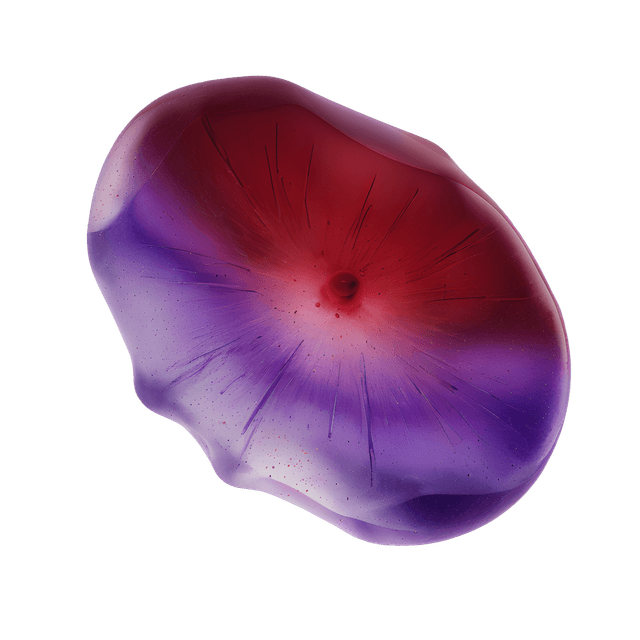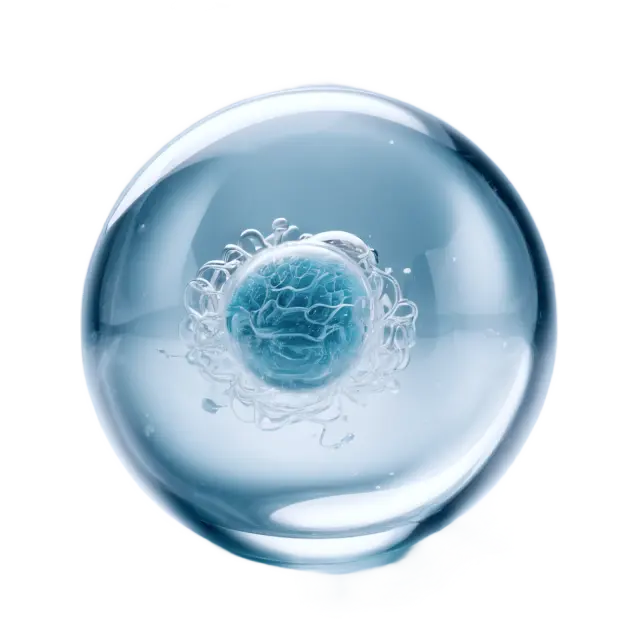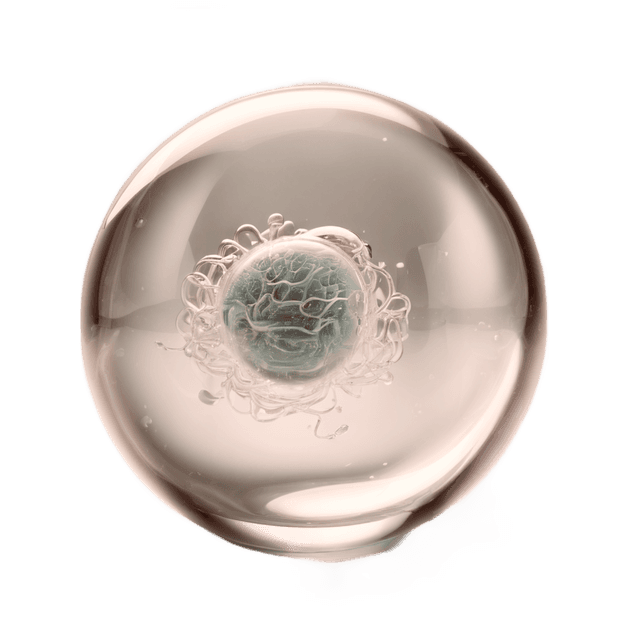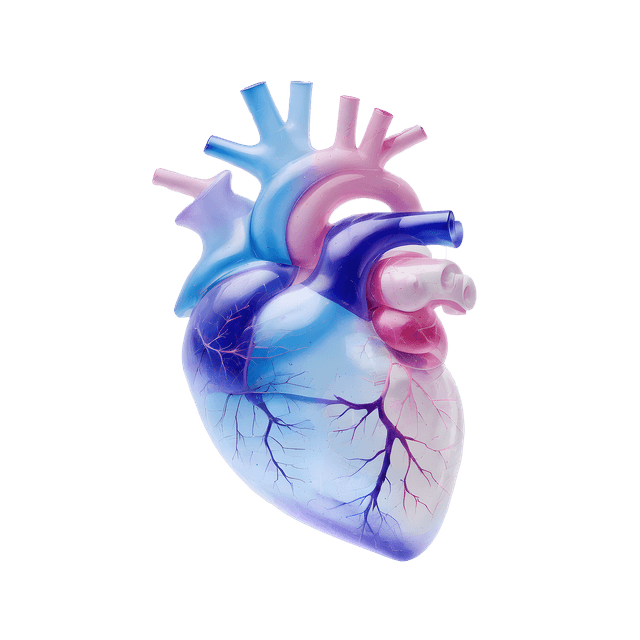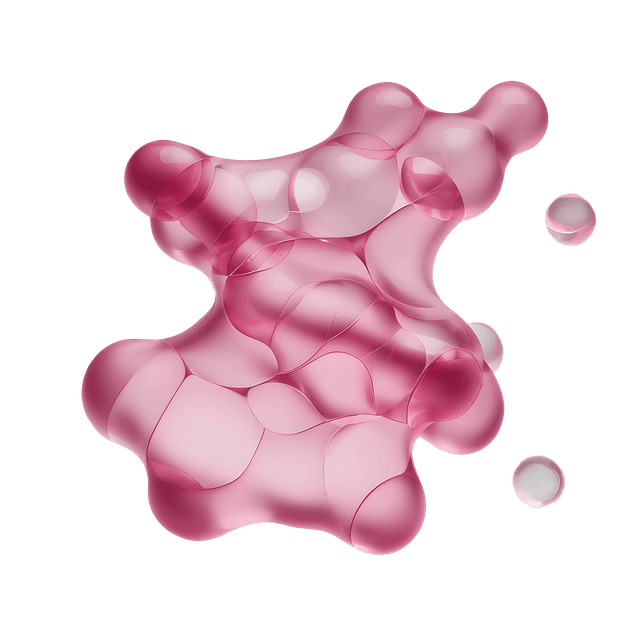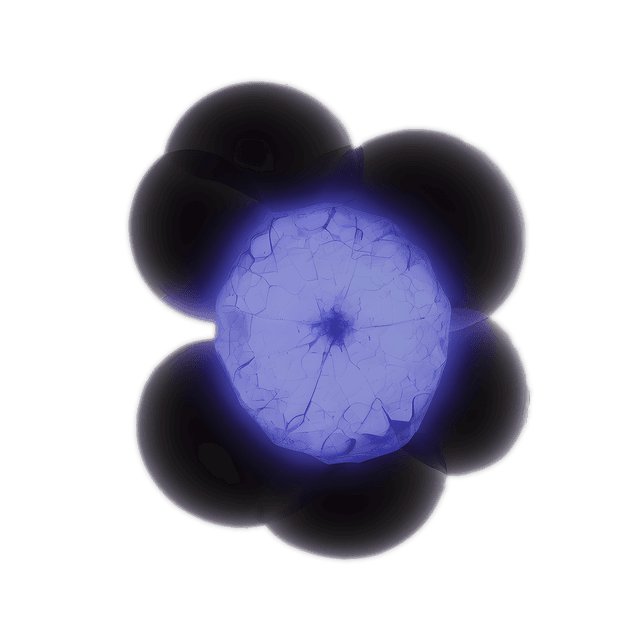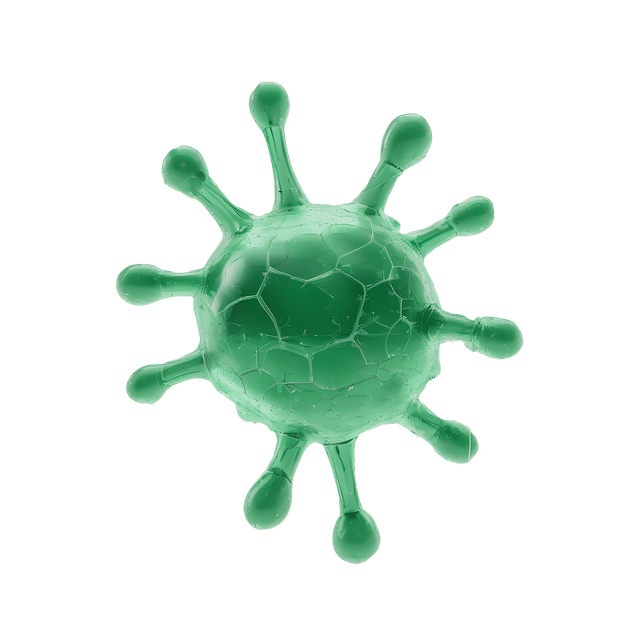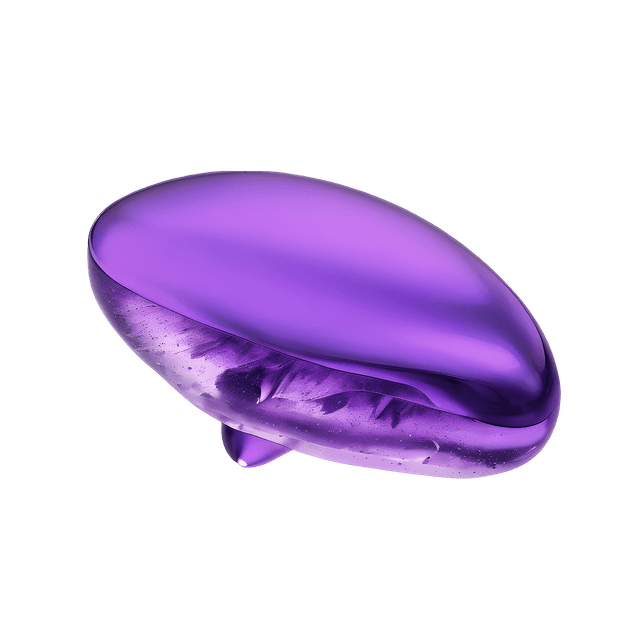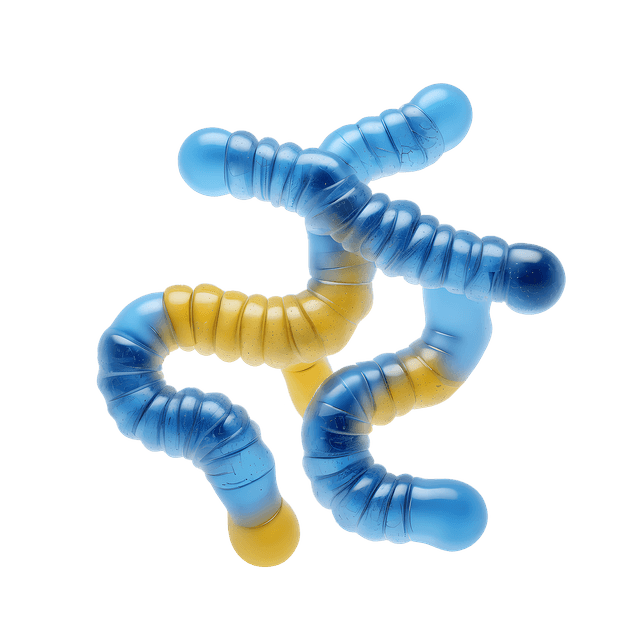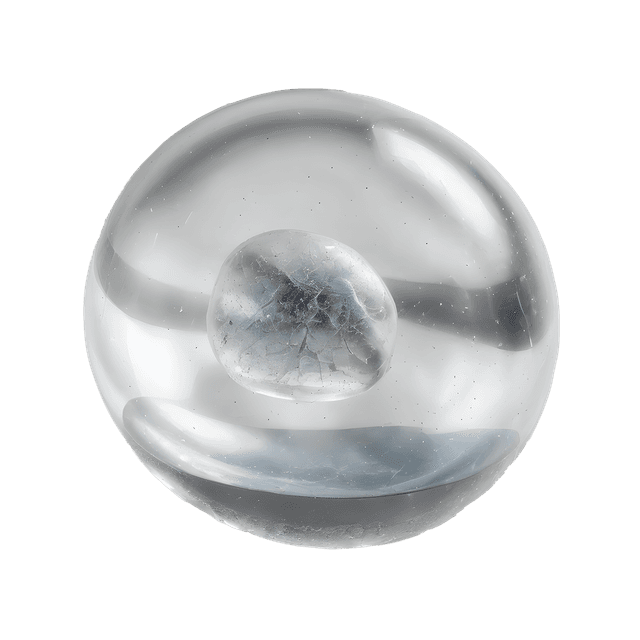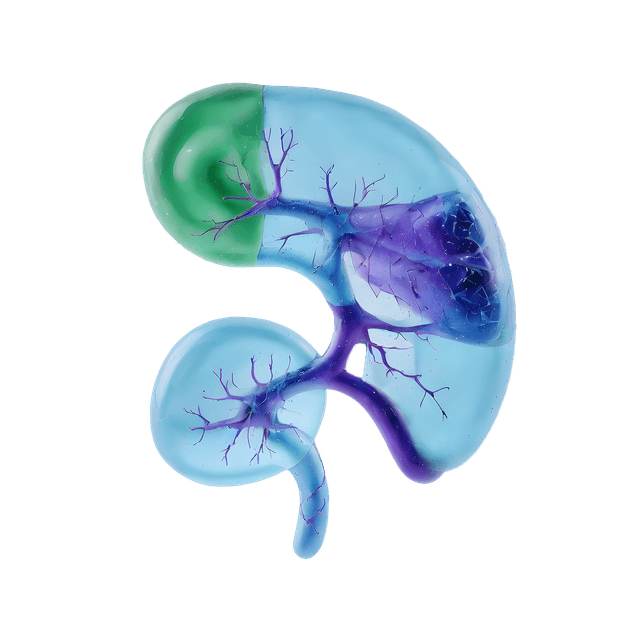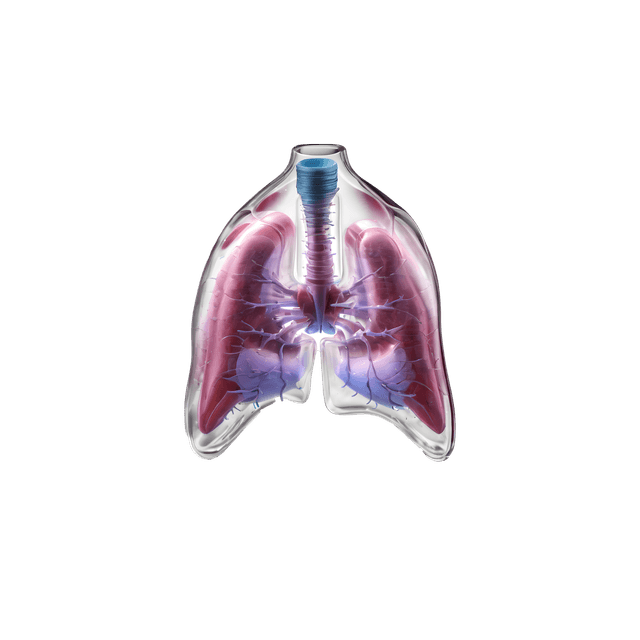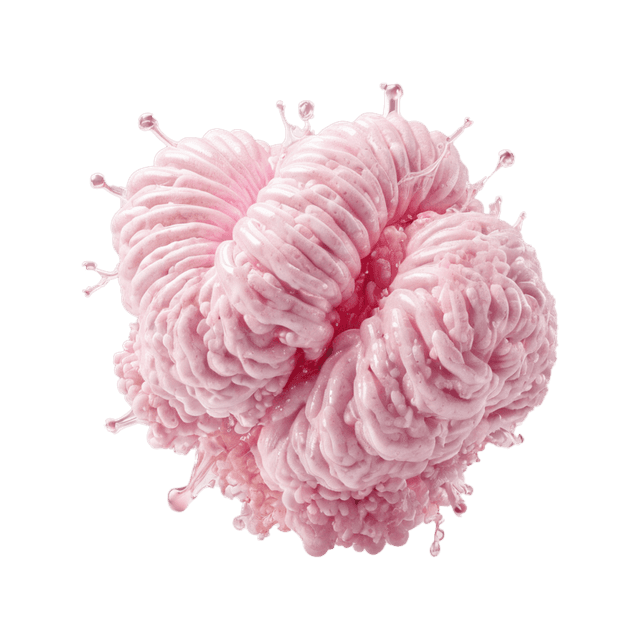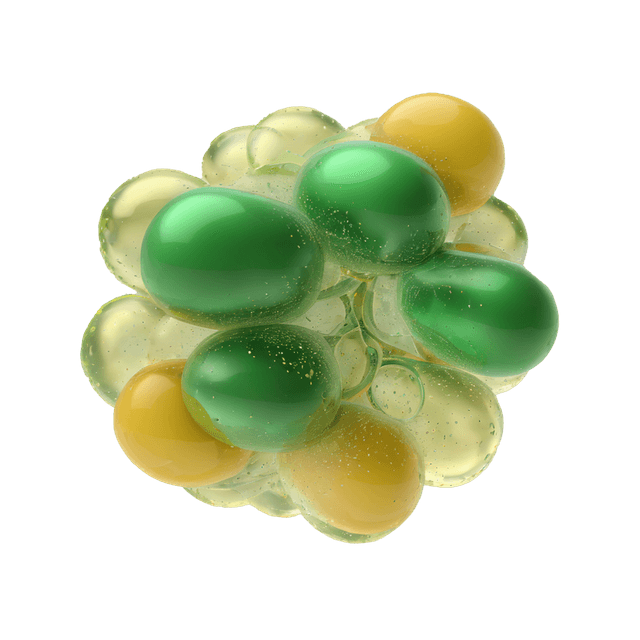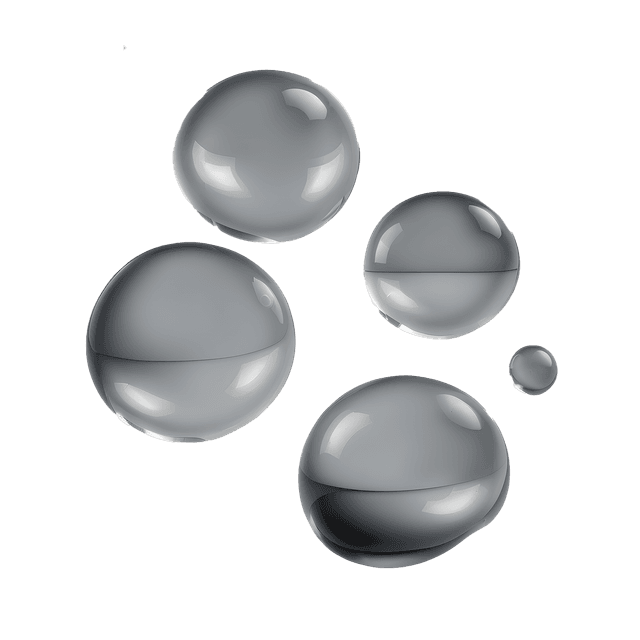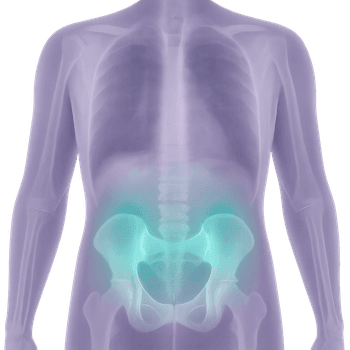Quick version
The tailbone is a small but important part of the spine that can cause troublesome problems when injured or strained. Common issues with the tailbone include pain, inflammation, and fractures. Early diagnosis and proper treatment are important to relieve the symptoms.
- The tailbone is the lowest part of the spine
- Serves as an attachment point for muscles and ligaments
- Injuries often occur from falls or prolonged sitting
- The most common condition is tailbone pain (coccydynia)
- Examination is done through clinical assessment and sometimes imaging
What is the tailbone?
The tailbone is the name for the small bony structure located at the very bottom of the spine and is usually made up of 3–5 small vertebrae that are often fused together. The tailbone serves as an attachment point for muscles, ligaments, and tendons and contributes to pelvic stability. Despite its small size, injuries or strain on the tailbone can cause significant pain and discomfort.
Anatomy and function
The tailbone is a remnant of the tailbone from our ancestors, located just below the sacrum. Its main function is to provide attachment for the pelvic floor muscles, tendons, and ligaments, which support posture and stability. The tailbone also plays an important role as a support point when sitting.
Injuries and strain
Tailbone injuries often occur from falling backward, childbirth, or sitting for long periods on hard surfaces. Overuse can also cause inflammation or irritation.
Common conditions and disorders
Pain in the tailbone, also called coccydynia, is a frequent issue. The condition may be caused by fracture, dislocation, inflammation, or chronic irritation. The pain often worsens while sitting and may radiate toward the pelvic floor.
Examination and diagnosis
The diagnosis is made through clinical examination and sometimes imaging such as X-ray or MRI of hip and pelvis. The doctor makes an overall assessment based on mobility, tenderness, medical history, and any associated injuries.
Relevant symptoms
- Pain when sitting
- Tenderness when pressing on the tailbone
- Difficulty rising from a seated position
- Pain during bowel movements or intercourse
- Pain radiating toward the pelvic floor
Related conditions and diagnoses
- Coccydynia
- Fracture of the tailbone
- Dislocation of the tailbone
- Chronic pelvic pain
- Pelvic floor muscle and ligament involvement


